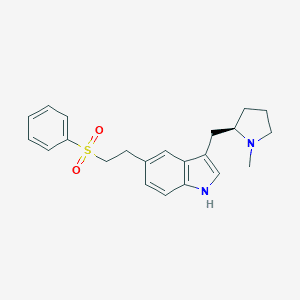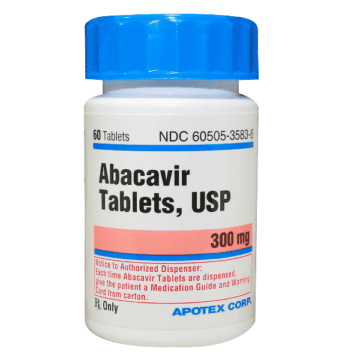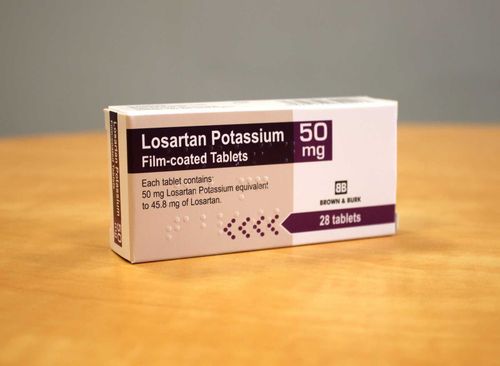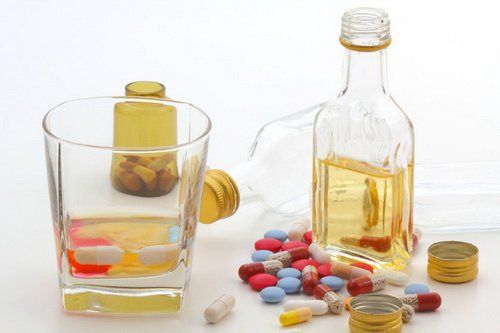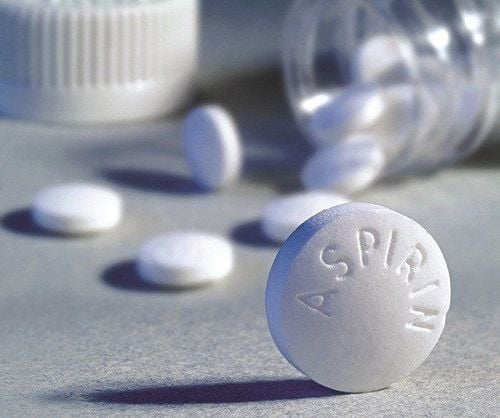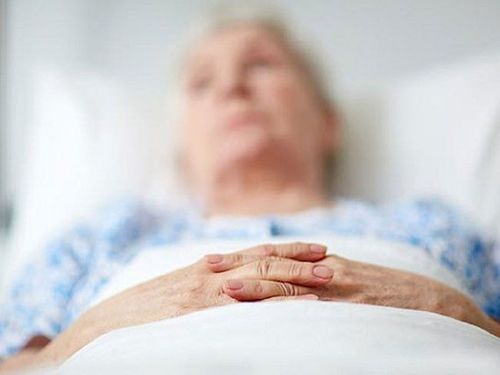This is an automatically translated article.
Acute cerebral stroke often causes many stroke sequelae that greatly affect the health and life of the patient. Decreased vascular endurance or decreased cardiopulmonary endurance after stroke is one of the sequelae that often appear in patients. Read more below to learn more about endurance loss after a stroke and some rehabilitation measures for this problem.
1. What is a stroke and its sequelae?
Stroke, also known as cerebrovascular accident, is an acute disease, signaling severe brain damage. When the brain occurs when the blood supply to the brain is interrupted, stopped, there is no circulation or there is a broken blood vessel in the brain, there is a high chance that the person will have a stroke. At that time, the amount of oxygen and nutrients feeding the brain cells at this time will be significantly reduced within just a few minutes. Although the time is short, it is enough to cause brain cells to begin to gradually die and cause many life-threatening complications, especially a stroke that can lead to death when the person has it. If the body has a stroke that is not treated in time, the cells in the brain will quickly stop working. This means that patients face many sequelae of disability or even death.
Researchers have shown that strokes can be divided into 3 common types as follows:
Ischemic stroke: This condition is caused by blood in a certain artery narrowing or blocked Clogged arteries prevent blood from flowing or have poor circulation. This may account for about 85% of all strokes. However, stroke can be effectively prevented if we take good preventive measures. Thrombotic stroke: This type of stroke occurs when there is a crack in the surface of the brain or an artery in the brain that causes blockage and formation of blood clots, either because of plaque buildup in an artery in the neck or Brain. Hemorrhagic strokes account for about 15% of all strokes. Although the incidence is low, this is a type of stroke with a high probability of death in patients. Embolic stroke: Also known as transient ischemic attack (TIA). This is a type of small stroke, which happens for a short time, so symptoms of this type of stroke only last a few minutes. At this point, blood flow to the brain is temporarily blocked and causes stroke-like symptoms. After that time, blood flow returns to normal and stroke symptoms disappear. However, we should not be subjective about our health when these strokes occur because this may be a sign of a large and dangerous stroke that will take place in the near future. The condition occurs when blood clots form anywhere in the body, most commonly the heart. It then travels to the brain causing the blockage.
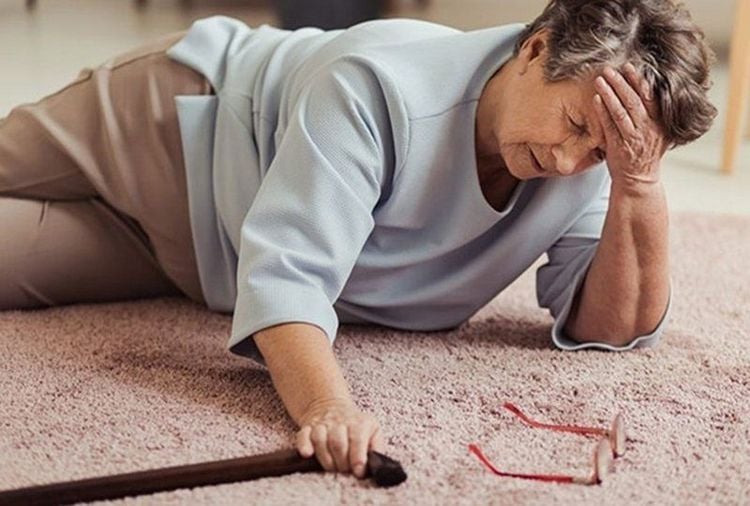
Di chứng đột quỵ ảnh hưởng lớn tới sức khỏe và cuộc sống của người bệnh
Causes of stroke include a number of factors related to non-communicable diseases such as high blood pressure, diabetes, ... or some bad human behaviors such as smoking, alcohol abuse, .. As follows:
High blood pressure: A person with high blood pressure will be at risk of having a stroke because high blood pressure will create conditions for the formation of blood clots, obstructing blood circulation to the brain or causing stress. pressure on the artery wall and lead to cerebral hemorrhage. Smoking: Researchers have shown many harmful effects of smoking, but people are still subjective and do not completely eliminate this bad habit. Cigarette smoke contains a large amount of toxic gases and damages blood vessel walls, increases arteriosclerosis for both the user and the people around, and this is also one of the causes of high blood pressure. pressure. High cholesterol, overweight: Experts have determined that in people with high cholesterol, being overweight or obese is often accompanied by many other diseases such as high blood fat, high blood pressure, heart disease, and an increased risk of stroke. . Cardiovascular disease: People with underlying medical conditions such as heart failure, atrial fibrillation, heart infections, arrhythmias, etc. are at high risk of stroke. Diabetes: Often accompanied by other diseases such as high blood pressure or heart failure,... Leads to more risk of stroke Recurrent stroke: People who have had a previous stroke may have a stroke again. in the first few months. This risk will last about 5 years and will decrease over time. Some other factors can also be a risk factor for stroke that is difficult to influence such as:
Age: Although there is a risk of stroke at any age, in the elderly, have a higher risk of stroke, especially after age 55. Gender: Some studies have shown that men have a higher risk of stroke than women. Race: Some studies have also shown that African-Americans are twice as likely to have a stroke than whites. Family history: People with relatives who have ever had a stroke or suffered from myocardial infarction or transient ischemic attack have a higher risk of stroke than the general population. Recently, medical experts and doctors have introduced some early recognition of stroke risk with the "FAST" rule so that people can detect the condition early, helping doctors and nurses to timely treatment. The rules include:
Face: Identify some signs of stroke by the patient's face. When someone has a stroke, their face can become disproportionate, manifesting as a distorted side of the mouth, for example. Doctors may ask patients to smile for a better view. Arm: The patient will be asked to raise both arms, after checking which side is weaker or falling first, it can be judged that that side is paralyzed. Speech: Recognize irregularities in language. If the patient experiences this condition, ask him or her to repeat a simple sentence. If the voice is not round, clear, not fluent or unable to speak, this is an unusual sign of a stroke. Time: Patients have a very high risk of stroke if all three of the above symptoms occur. People around need to urgently take the patient to a medical facility for timely treatment. A stroke can be dangerous to human health, even death. Some common complications such as brain edema, heart attack, atherosclerosis, hardening and narrowing of arteries increase the risk of heart attack. In addition, patients may also have seizures due to unstable brain activity after a stroke, which is a sign of epilepsy. Thromboembolism (DVT) that can occur in patients with long-term inactivity can lead to the formation of blood clots in the leg veins that block the blood vessels. In addition, it can lead to complications such as cognitive impairment, sudden loss of language function, urinary tract infection, bladder infection, spasticity in limbs, difficulty in movement, pneumonia or ulcers caused by Losing mobility, being bedridden for a long time.

Đột quỵ làm giảm sức bền thành mạch thậm chí là tử vong
2. Rehabilitation due to reduced cardiopulmonary endurance after stroke
2.1. What is cardiopulmonary endurance? Cardiopulmonary endurance, also known as cardiovascular endurance, is the ability of the circulatory and respiratory systems to deliver oxygen to the body's organ tissues during physical activity. Cardiopulmonary endurance decreases with decreased vascular resistance or sequelae of acute ischemic stroke. Cardiopulmonary endurance refers to an athlete's ability to sustain prolonged exercise for several minutes, hours, or even days. If you have good cardiopulmonary endurance, you should be able to do an anaerobic activity that elevates your heart rate for a period of at least 20 consecutive minutes, such as jogging or swimming.
Cardiopulmonary endurance is significantly reduced due to immobility in the early stages after stroke.
Rehabilitation due to decreased cardiopulmonary endurance after stroke:
Rehabilitation helps to increase cardiopulmonary endurance once the patient's lower extremity muscle groups are strong enough. Encourage participation in breathing exercises, regular and continuous exercise. Resistance training and cardiopulmonary endurance. 2.2. Rehabilitation due to reduced cardiopulmonary endurance after stroke Cardiopulmonary rehabilitation is also known as prevention and rehabilitation of cardiopulmonary function. It is for people with cardiovascular disease including heart attack and stroke. This program helps you learn the skills you need to live a healthier lifestyle through education and exercise.
For people with respiratory diseases such as chronic bronchitis, asthma, chronic obstructive pulmonary disease (COPD), good control of the disease and improvement of the patient's quality of life requires a comprehensive coordination. A combination of many measures including the use of therapeutic drugs, reasonable nutrition, improvement of psychological problems, living environment and at the same time need to persist in an appropriate respiratory rehabilitation exercise program. fit.
Stroke patients with chronic respiratory diseases often present with shortness of breath due to chronic airway obstruction and increased airway responsiveness to various stimuli, especially during activity. exertion, thereby reducing physical activity capacity, affecting work and daily life. Therefore, restoring respiratory function through breathing exercises and appropriate exercise exercises will contribute to improving physical activity, improving respiratory ventilation, and reducing general shortness of breath. and exertion-induced dyspnea.
The improvement in the condition is more pronounced when the exercise is performed at an intensity as close as possible to the threshold for dyspnea. All non-fatigue activities were assessed as consistently beneficial for the disease. Patients in mild and moderate stage can perform exercises with high intensity. Even so, low-intensity exercise can also achieve significant improvements in symptoms, making it easier to perform tasks, activities, and adherence to treatment, and to increase quality of life.
For beginners, start with low intensity. You can do 2-3 minutes of high-intensity interval training with 1-2 minutes of low-intensity interval training or rest and still have the same effect. Patients with severe airway obstruction are advised to begin with resistance exercise or only endurance exercises and possibly additional bronchodilators, oxygen, and breathing exercises, active cough and expectoration.

Người bệnh có thể thông qua giáo dục và thể dục để phục hồi chức năng do giảm sức bền tim phổi sau đột quỵ
Notes when practicing
Make sure to strictly follow the principles and requirements of training safety and hygiene. Exercises from easy to difficult, gradually increase the volume and intensity of exercise appropriately. Exercises must ensure strengthening in both strength, endurance and flexibility exercises, gentle relaxation, avoiding excessive exertion and stretching. The practice needs persistence, regularity, mental comfort, relaxation. The training environment must be airy and the air is fresh. If you practice outdoors, you must ensure that the weather, temperature, humidity, sunshine, and wind are mild.
Choose the right exercise method, depending on the type of disease as well as the stage of the disease. Do not exercise during an acute illness or have other medical conditions that require limiting exercise...
Cardiac rehabilitation isn't just for people who've had a heart attack. Research shows that cardiac rehabilitation is beneficial for people who have had a transient ischemic attack (TIA) or stroke. This is because the risk factors for heart disease and stroke are the same - both are diseases of the cardiovascular system, or unhealthy blood vessels. Cardiopulmonary rehab helps you learn skills to manage risk factors for stroke, such as high blood pressure, high cholesterol, and diabetes, through diet, exercise, and medication. . If you live a healthier lifestyle, you'll feel better and reduce your risk of future strokes.
Brain stroke is an extremely dangerous disease, you should perform screening to detect it early and have a timely treatment plan. Currently, Magnetic Resonance Imaging - MRI/MRA is considered a "golden" tool to screen for brain stroke. MRI is used to check the condition of most organs in the body, especially valuable in detailed imaging of the brain or spinal nerves. Due to the good contrast and resolution, MRI images allow to detect abnormalities hidden behind bone layers that are difficult to recognize with other imaging methods. MRI can give more accurate results than X-ray techniques (except for DSA angiography) in diagnosing brain diseases, cardiovascular diseases, strokes,... Moreover, the process MRI scans do not cause side effects like X-rays or computed tomography (CT) scans.\
Vinmec International General Hospital currently owns a 3.0 Tesla MRI system equipped with state-of-the-art equipment by GE. Healthcare (USA) with high image quality, allows comprehensive assessment, does not miss the injury but reduces the time taken to take pictures. Silent technology helps to reduce noise, create comfort and reduce stress for the client during the shooting process, resulting in better image quality and shorter imaging time. With the state-of-the-art MRI system With the application of modern methods of cerebral vascular intervention, a team of experienced and well-trained neurologists and radiologists, Vinmec is a prestigious address for stroke risk screening and screening. reliable goods.
In the past time; Vinmec has successfully treated many cases of stroke in a timely manner, leaving no sequelae: saving the life of a patient suffering from 2 consecutive strokes; Responding to foreign female tourists to escape the "death door" of a stroke;...
Please dial HOTLINE for more information or register for an appointment HERE. Download MyVinmec app to make appointments faster and to manage your bookings easily.




